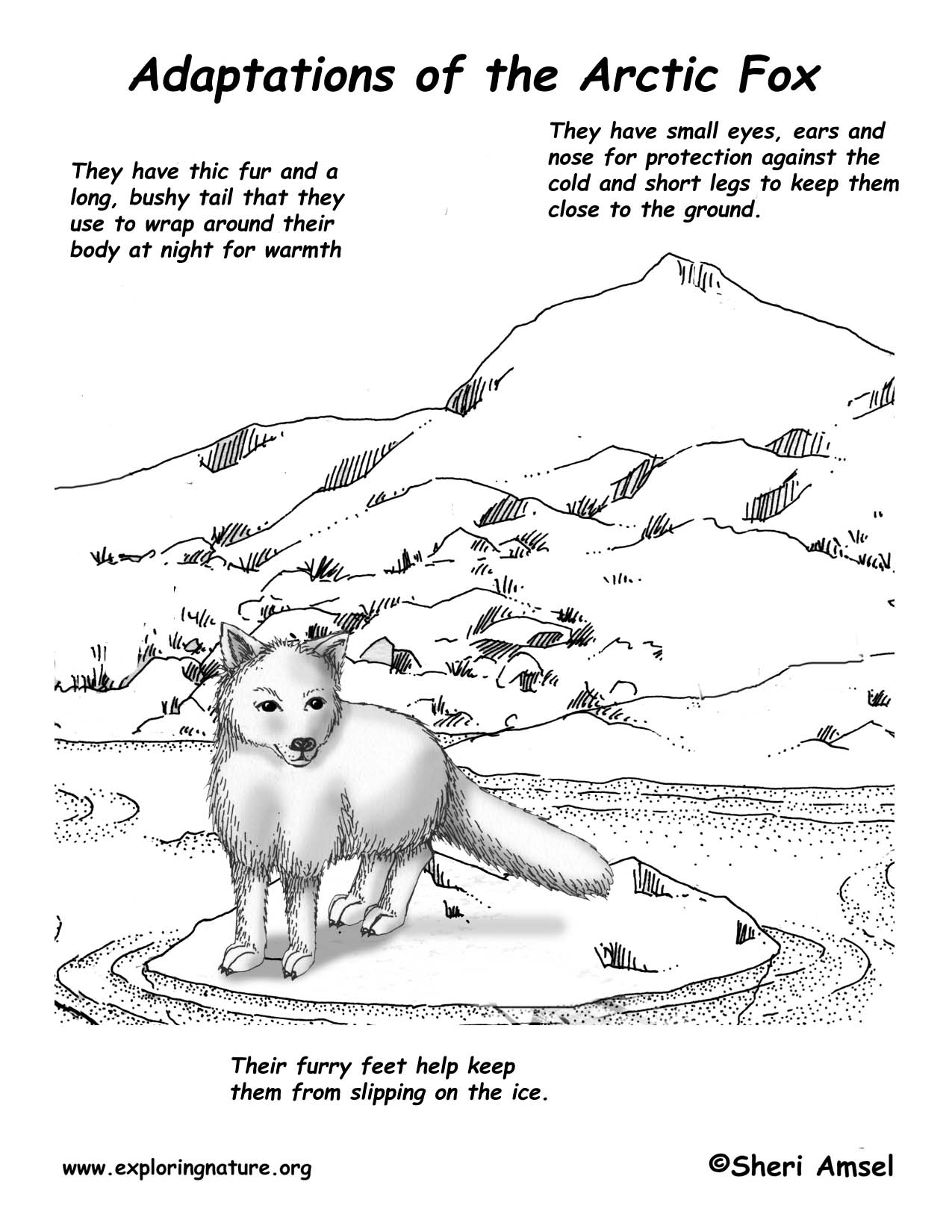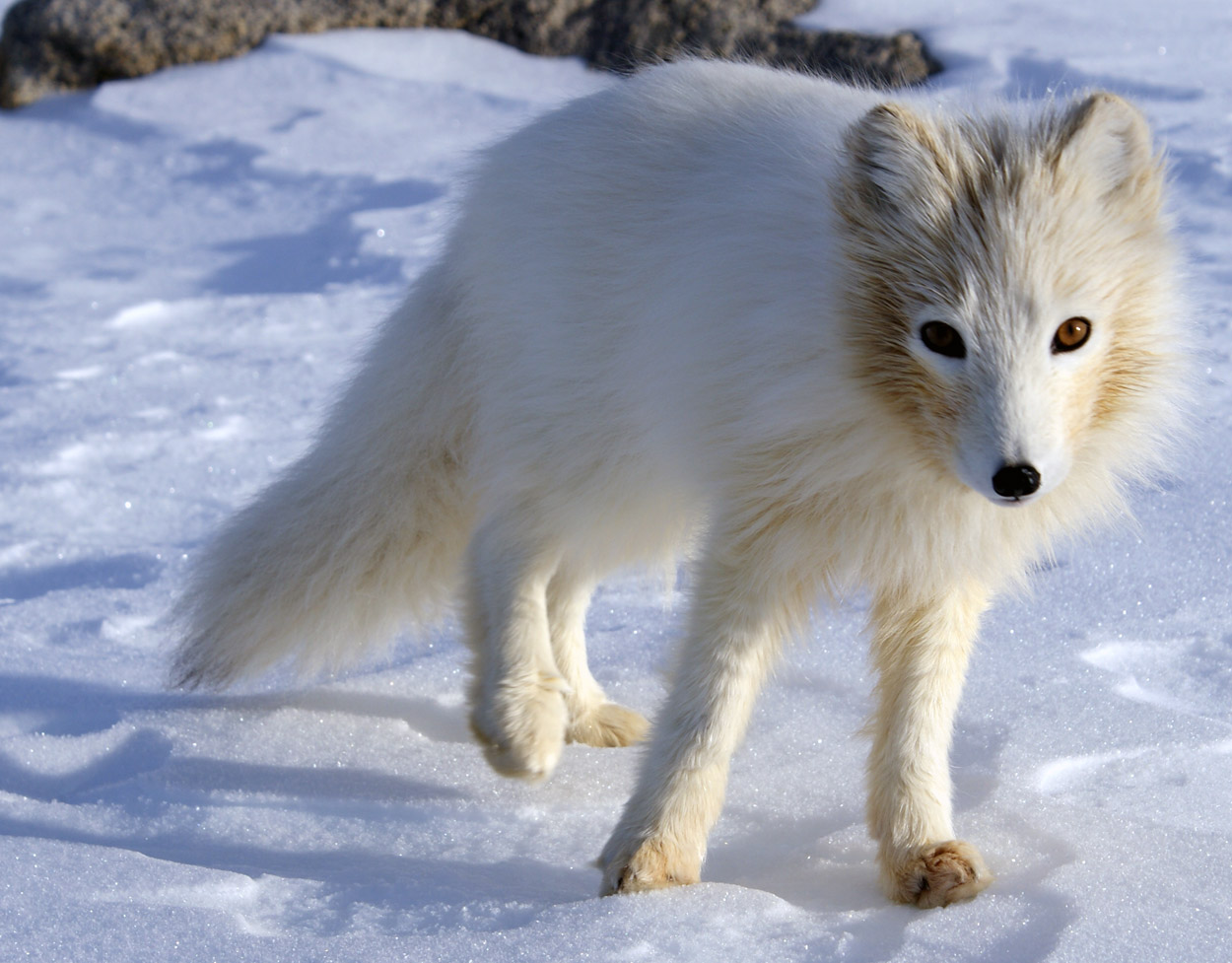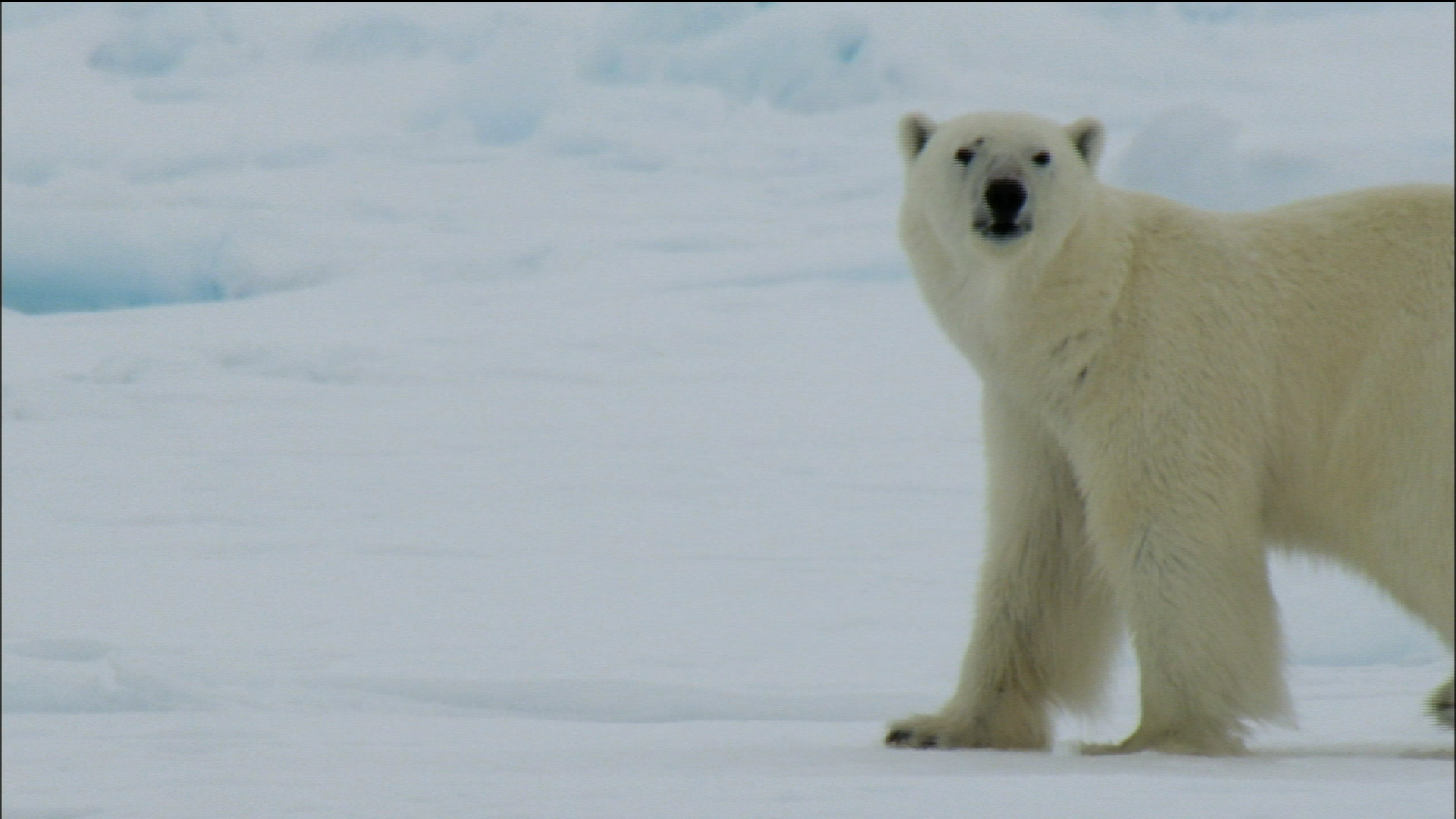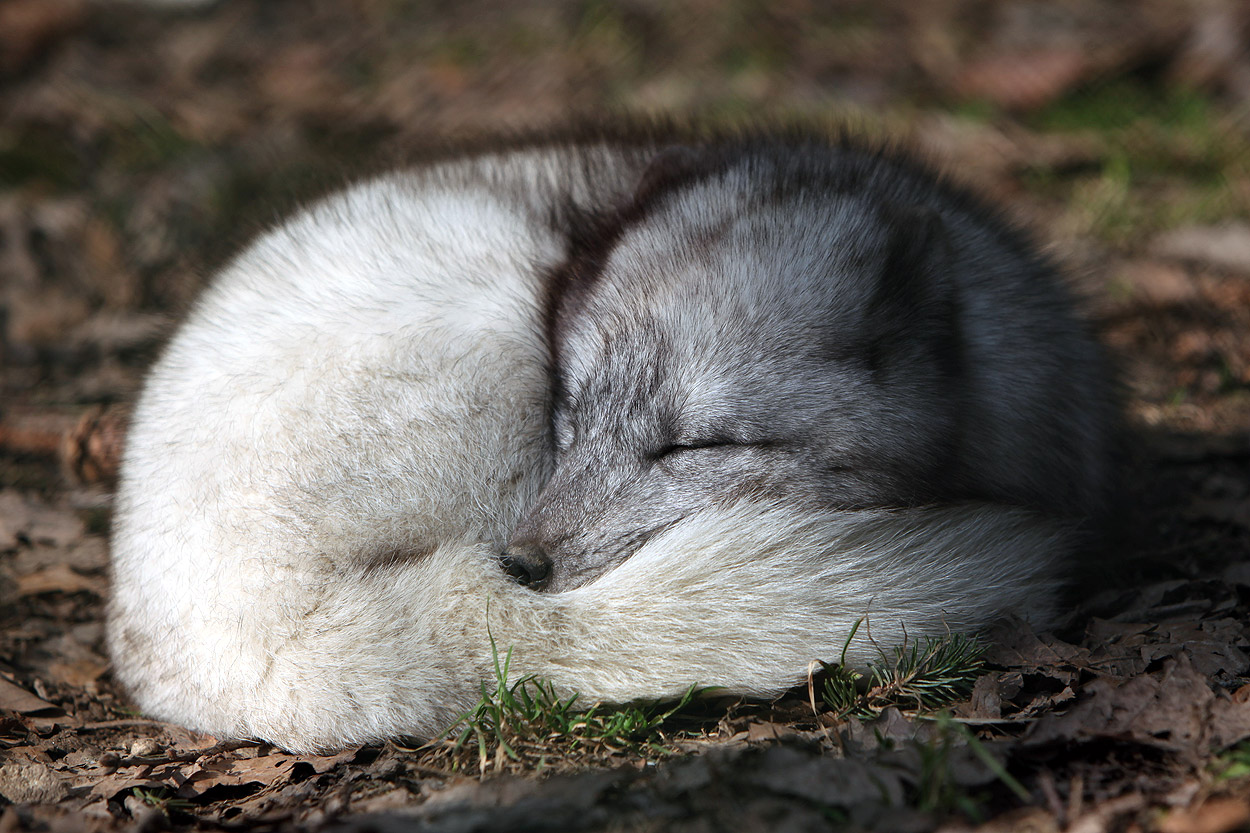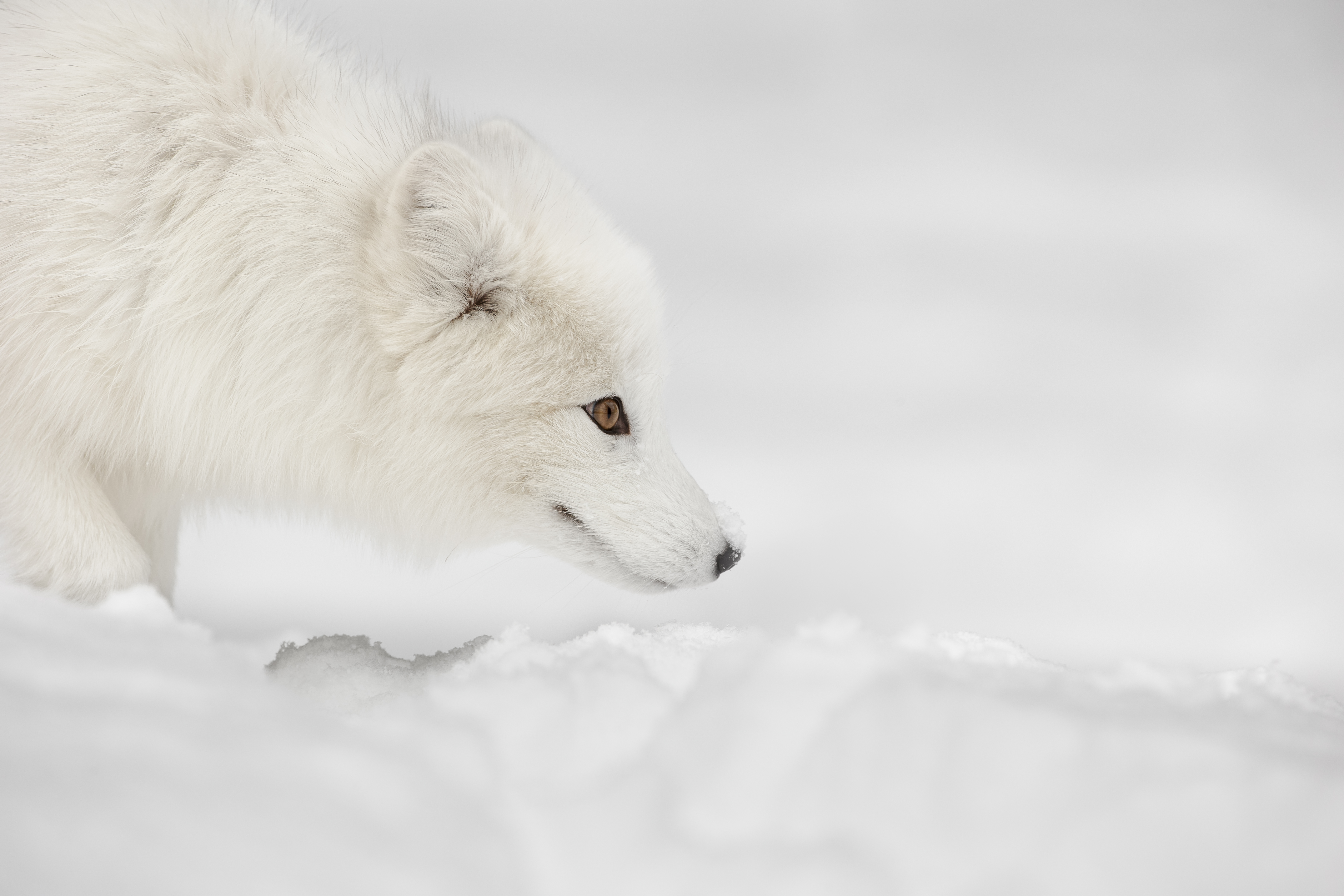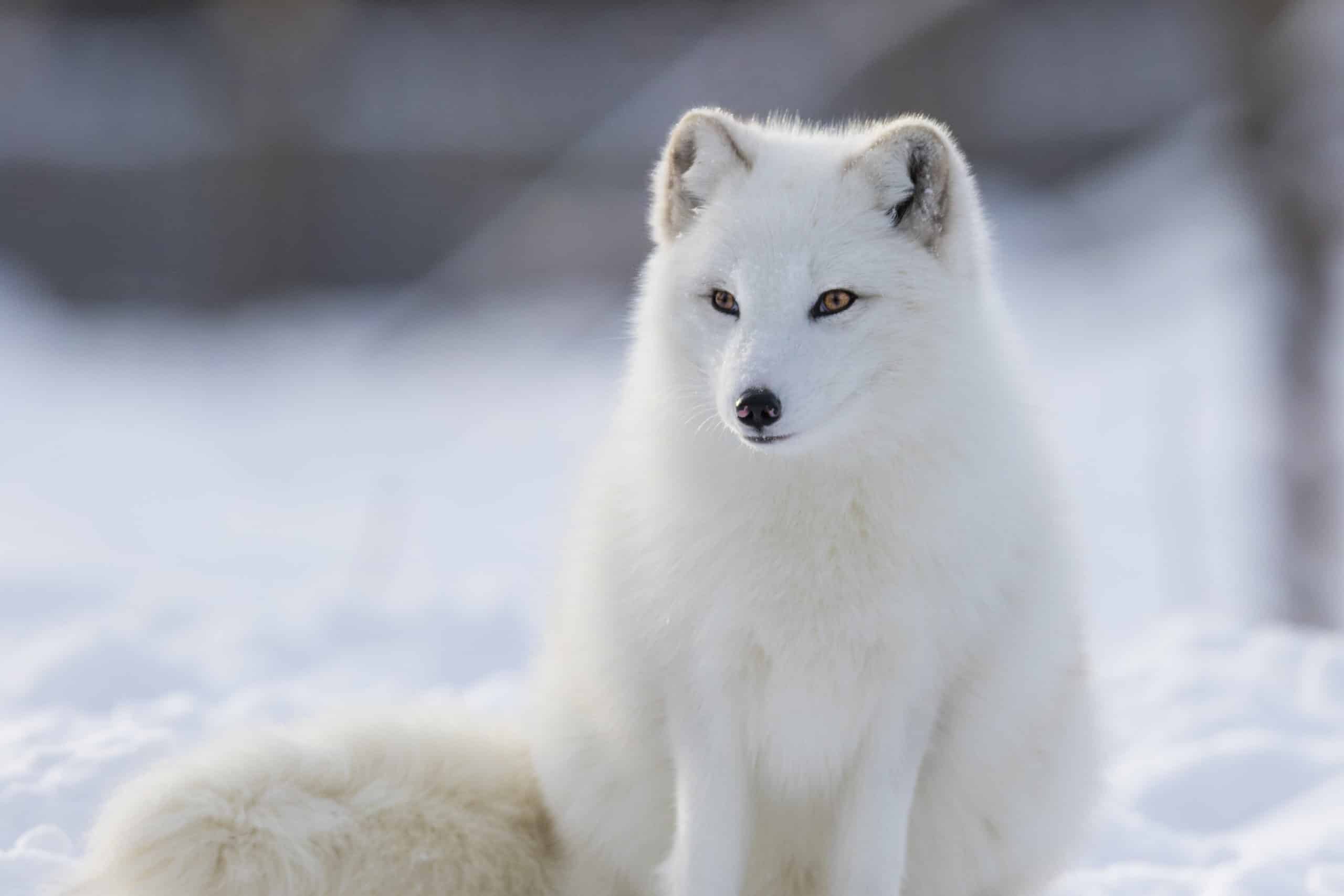Arctic Animals Adaptations Ks2

Animals that live in the Arctic include.
Arctic animals adaptations ks2. Tags in this resource. Adaptations of animals living in the Arctic. In this resource pupils can investigate the insulating properties of materials and design suitable clothing for polar explorers and also consider how the adaptations of Arctic.
Variety of Animal Adaptations Activities by As a Third Grade 7. The lump is transformed into the furry white body of a lone arctic fox. The second resource lists 5 adaptations per animal and habitat which could be cut up and muddled.
The Arctic is a hostile environment yet the species on this Arctic animals list are able to live either on the frozen tundra or in the icy waters that surround the North Pole. Distribute the worksheet Arctic Animal Adaptations. In the far north hares remain almost white in summer with patches of brown on the nose forehead and ears.
Bird Beak Adaptation Activity by Elementary Shenanigans 5. A nice idea would be to hand out the habitat pictures and ask the children to match the animals with the habitat in which they live. By I can Teach My Child.
A substantial blubber layer lies under the skin acting as insulation so allowing the seals to swim indefinitely in frigid Antarctic waters down to -2C. Fore and hind limbs developed into flippers for swimming. Habitats and the environment.
Arctic animals facts ks2. Why are Polar bears White Activity by Colleen 8. The LEGO Arctic Map resource can be used as a printed handout for pupils to complete the eight missions on the map or for display on the interactive whiteboard to complete as a whole class exercise.
